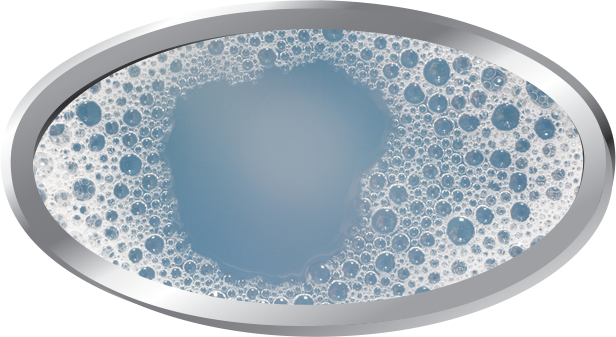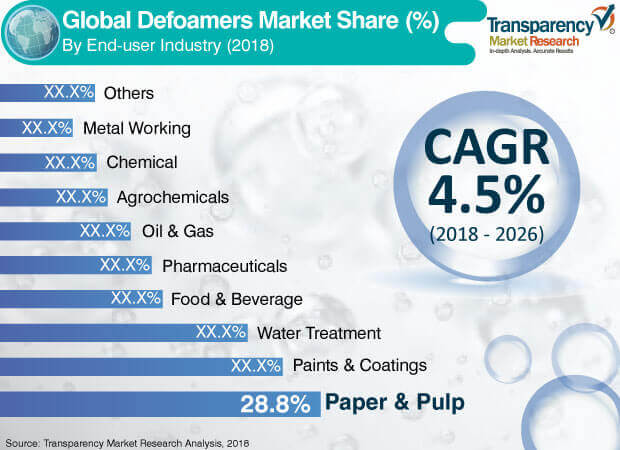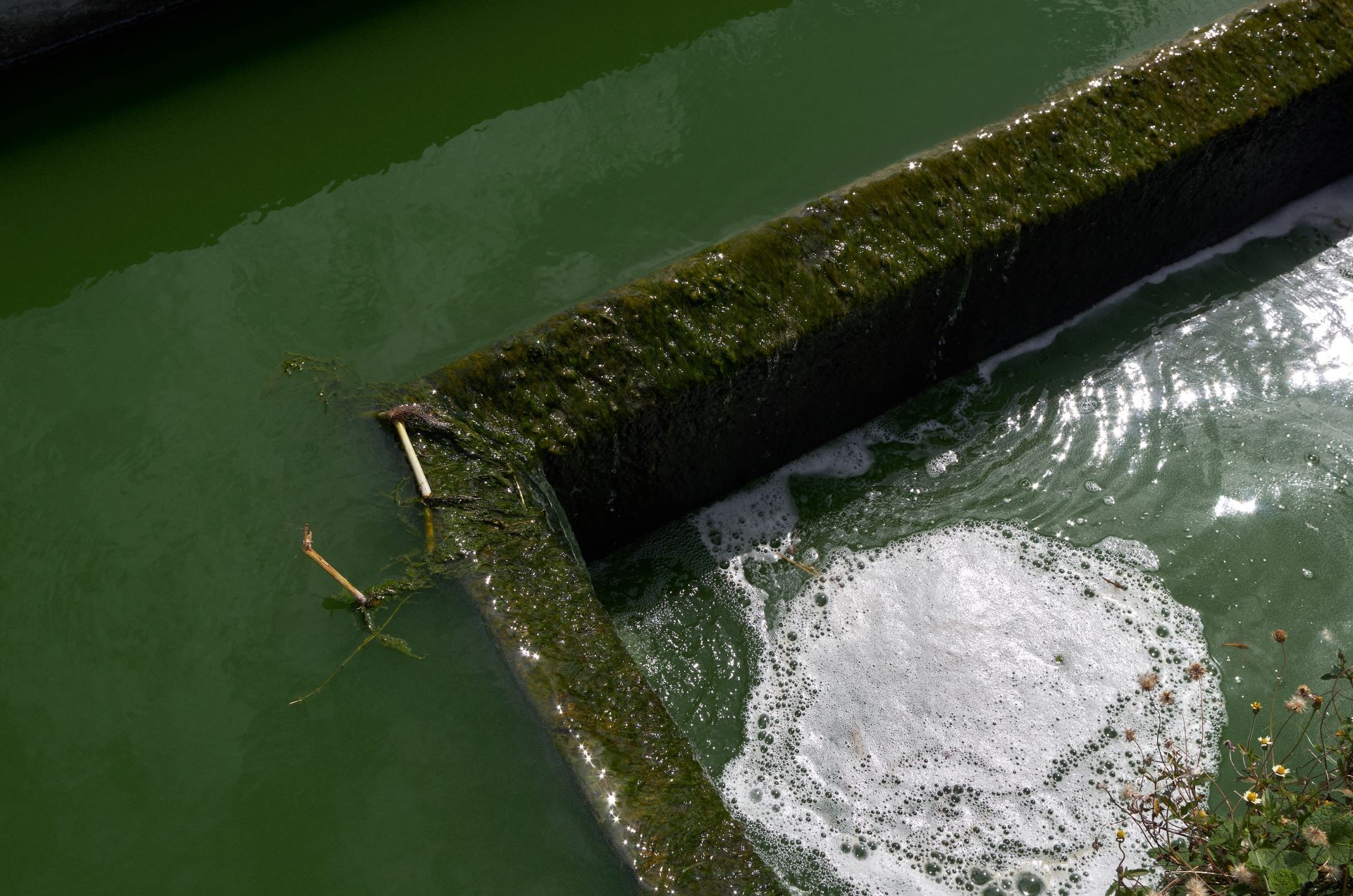How Defoamers Enhance Efficiency in Manufacturing and Production
How Defoamers Enhance Efficiency in Manufacturing and Production
Blog Article
Choosing the Right Defoamer for Your Specific Application Needs
Choosing the proper defoamer for details application needs is a nuanced process that requires mindful factor to consider of numerous variables, such as the foam tool, kind, and operating problems. Comprehending the subtleties of defoamer efficiency-- consisting of rate and persistence-- while likewise accounting for governing and environmental factors is critical.
Recognizing Foam Formation
Foam formation happens when gas is caught within a fluid, creating a stable structure of bubbles. This phenomenon can dramatically influence various industrial processes, specifically in industries such as food manufacturing, drugs, and wastewater treatment. The presence of foam can impede blending, minimize item quality, and also result in operational ineffectiveness.
Foam typically forms due to a mix of aspects, including surface-active agents, agitation, and the characteristics of the liquid stage. Surfactants lower the surface stress of the liquid, helping with the formation of bubbles that can stabilize and integrate. Anxiety, whether from mechanical mixing or gas intro, enhances bubble formation, resulting in boosted foam volume.
Recognizing the technicians of foam formation is crucial for industries aiming to enhance their processes. By identifying the specific problems that promote foam generation, companies can carry out strategies to reduce its effects.
Kinds Of Defoamers Available
Different kinds of defoamers are readily available to address the difficulties postured by foam in commercial applications. defoamers. Broadly classified, defoamers come under three categories: silicone-based, non-silicone-based, and natural defoamers
Silicone-based defoamers are renowned for their effectiveness and stability throughout a large range of temperature levels and pH levels. They are usually utilized in applications where solid foam reductions is necessary, such as in paints, adhesives, and coatings. Their reduced surface area stress permits rapid foam collapse.
Non-silicone-based defoamers, frequently made from natural substances, provide an alternative for applications conscious silicone residues. These defoamers can be further split into polyether and ester types, each customized to meet particular solution requirements. Non-silicone defoamers are regularly utilized in food processing and personal care products because of their compatibility with various formulations.
Natural defoamers, derived from plant or animal resources, are getting grip due to their green profile. These products are especially appealing in applications where governing compliance and sustainability are critical, such as in agrochemicals and biotechnology.
Picking the right kind of defoamer is crucial for maximizing efficiency and ensuring compatibility with particular applications.
Trick Application Factors To Consider
When selecting a defoamer, it is important to think about the certain application requirements to make sure optimal performance. defoamers. Different sectors have distinct requirements, such as food processing, pharmaceuticals, or wastewater therapy, and each application might call for unique defoaming buildings
Secret factors to evaluate include the medium in which the defoamer will be made use of, whether it is water-based, oil-based, or a mix thereof. The temperature and pH levels of the application can likewise substantially influence the effectiveness of a defoamer. Additionally, compatibility with various other chemicals existing in the system is vital to stop adverse responses that can compromise efficiency.
One more vital factor to consider is the lathering actions of the particular system. Understanding have a peek at this website whether the foam forms rapidly or slowly can lead the option of a defoamer that targets the origin effectively. In addition, the preferred speed of defoaming can influence the selection, as some applications need quick action while others may endure slower defoaming procedures.
Last but not least, environmental and regulatory considerations ought to not be forgotten, especially in markets with rigorous conformity needs. why not find out more Picking a defoamer that aligns with these aspects ensures both performance and safety and security in the application.

Performance Screening Methods
Evaluating the efficiency of a defoamer calls for a systematic approach to testing that accurately determines its performance in specific applications. Different performance testing methods can be utilized to establish the ideal defoamer for an offered solution.
One typical approach is the bubble test, which evaluates the defoamer's ability to minimize foam quantity with time. This test entails producing a steady foam and after that including the defoamer to observe the price of foam collapse. Another technique is the vibrant foam examination, where foam is generated under controlled conditions to replicate real-world application circumstances. This approach provides understandings right into exactly how the defoamer executes under differing shear conditions.

Ultimately, selecting the proper efficiency screening technique relies on the particular application and the type of foam being attended to. Each technique uses valuable information that can guide formulation modifications and boost the effectiveness of the defoamer in functional applications.
Finest Practices for Choice


Next, take into consideration the defoamer's performance in terms of rate of action and perseverance. A quick-acting defoamer might be needed for processes where rapid foam reductions is important, while a much more persistent formula could be needed for extended foam control. Additionally, assess the ecological influence of the defoamer, including its biodegradability and any kind of governing conformity demands.
Conduct trials with picked defoamers to identify their efficiency in real-world conditions. By adhering to these finest practices, you can boost foam control effectiveness and guarantee the durability of your processes.
Final Thought
In summary, picking the suitable defoamer requires an extensive examination of numerous aspects, including foam kind, tool, operating conditions, and ecological factors to consider. Recognizing the special features of foam formation and the readily available defoamer choices is important.
Selecting the ideal defoamer for details application requirements is a nuanced process that demands mindful factor to consider of multiple aspects, such as the foam kind, tool, and operating conditions.Choosing the right defoamer is crucial for accomplishing optimum performance in foam control applications. A quick-acting defoamer may be needed for processes where quick foam suppression is vital, while a much more consistent formulation may be needed for extended foam control.In recap, choosing the appropriate defoamer necessitates a detailed evaluation of various variables, consisting of foam type, medium, operating problems, and environmental considerations. Comprehending the unique features of foam formation and the offered defoamer choices is vital.
Report this page